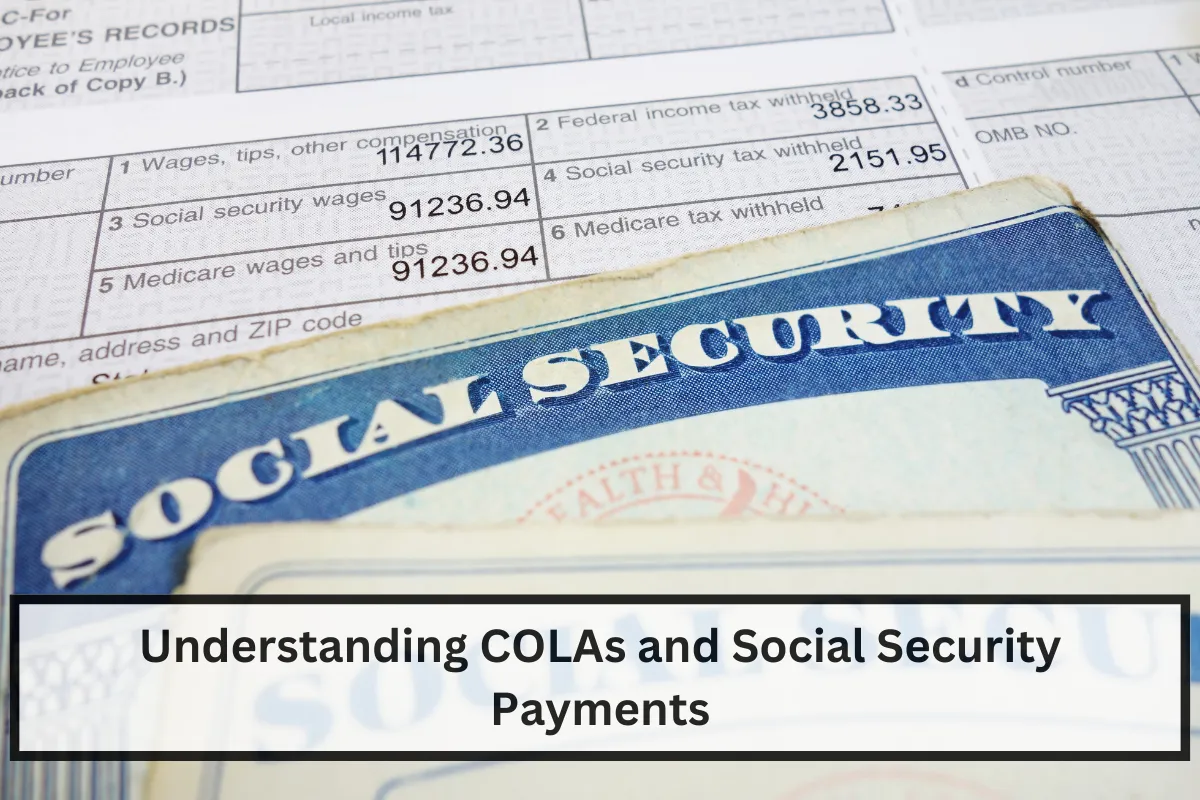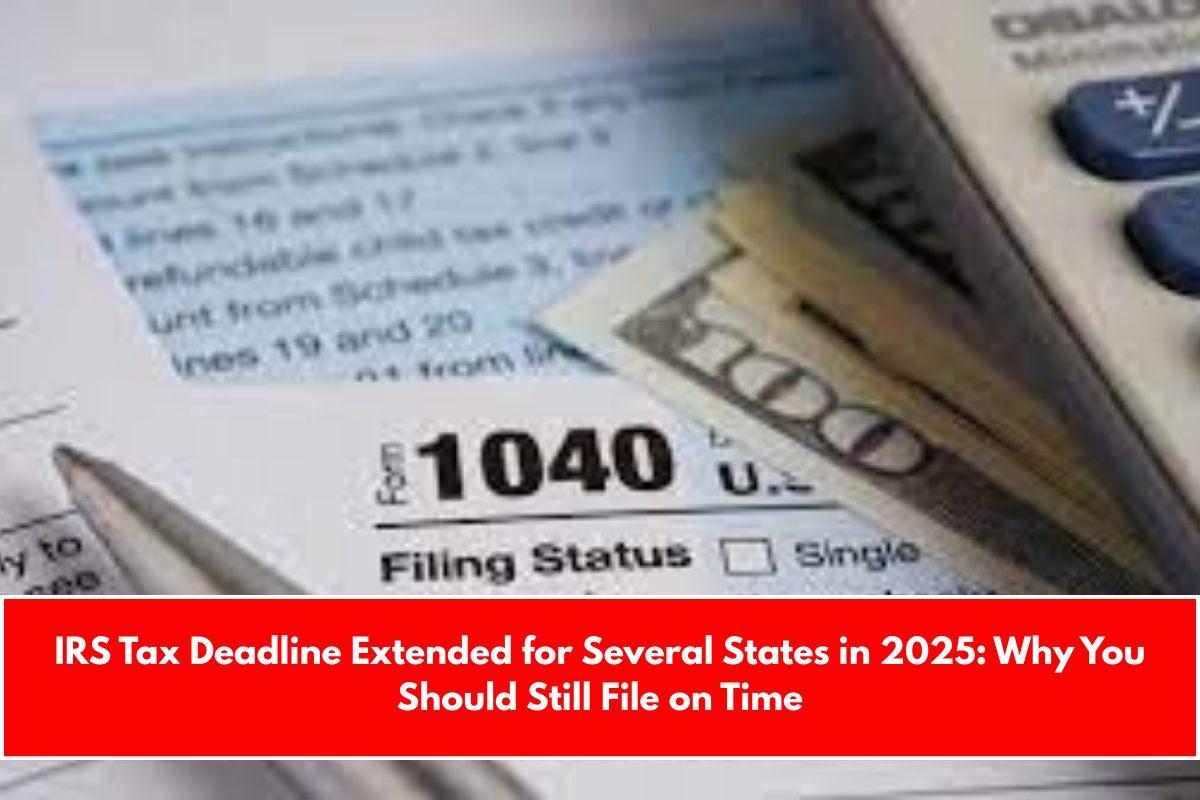Social Security is a crucial part of planning for retirement. However, it’s essential to know the basics to make informed decisions. Social Security is not meant to be your only source of income after retirement.
Instead, it’s a safety net that complements other savings, such as a 401(k), pension, or investments.
This article will explain how Social Security works, eligibility requirements, the role of cost-of-living adjustments (COLAs), and how you can maximize your future benefits.
What Are Social Security Benefits?
Social Security benefits are payments made by the U.S. government to eligible individuals after retirement. These benefits are funded through payroll taxes collected during your working years.
Eligibility for Social Security Benefits
To qualify for Social Security, you must have:
- Worked and paid Social Security taxes: You need at least 40 work credits, equivalent to 10 years of work.
- Reached the age of 62: Benefits start at this age, though waiting longer can increase the amount.
COLAs: Adjusting for Inflation
Social Security payments are adjusted annually to match inflation through a process called the Cost-of-Living Adjustment (COLA). In 2025, benefits will increase by 2.5%. This ensures that retirees maintain purchasing power as living costs rise.
Spousal and Family Benefits
Many people don’t realize that Social Security benefits may extend to spouses and children. For example:
- A spouse who hasn’t worked can still claim benefits based on your earnings.
- If you’ve been married for at least 10 years and are divorced, you might be eligible for benefits based on your ex-spouse’s record without affecting their payments.
Tools to Help Plan Your Retirement
The government offers tools to help estimate your benefits:
- Retirement Calculator: Provides an estimate of your monthly payment based on your work history.
- Social Security Statement: Shows how your benefits vary depending on when you start collecting (e.g., at 62, full retirement age, or 70).
Key Tips to Maximize Your Benefits
- Aim to work for at least 35 years. Missing years can lower your average earnings and reduce payments.
- Delay claiming benefits until 70 if possible to earn delayed retirement credits.
- Use your annual Social Security statement to track your earnings and estimate future payments.
Social Security is a valuable resource, but understanding its rules and planning ahead can maximize your benefits.
Work toward earning 40 credits, explore additional savings methods, and use tools like the Retirement Calculator to ensure financial stability during retirement.
1. What happens if I don’t have 40 work credits?
You won’t qualify for Social Security benefits. However, you may still be eligible for spousal or disability benefits.
2. Can my spouse claim benefits even if they never worked?
Yes, a non-working spouse can claim up to 50% of your benefits if they meet certain criteria.
3. What is the Full Retirement Age (FRA)?
FRA varies depending on your birth year but typically ranges from 66 to 67. At FRA, you receive 100% of your benefits.
4. How does divorce affect Social Security benefits?
If you were married for at least 10 years, you might qualify for benefits based on your ex-spouse’s earnings without impacting their payments.
5. Are Social Security benefits adjusted for inflation?
Yes, annual COLAs ensure that benefits keep pace with rising living costs. For example, a 2.5% increase is planned for 2025.
















